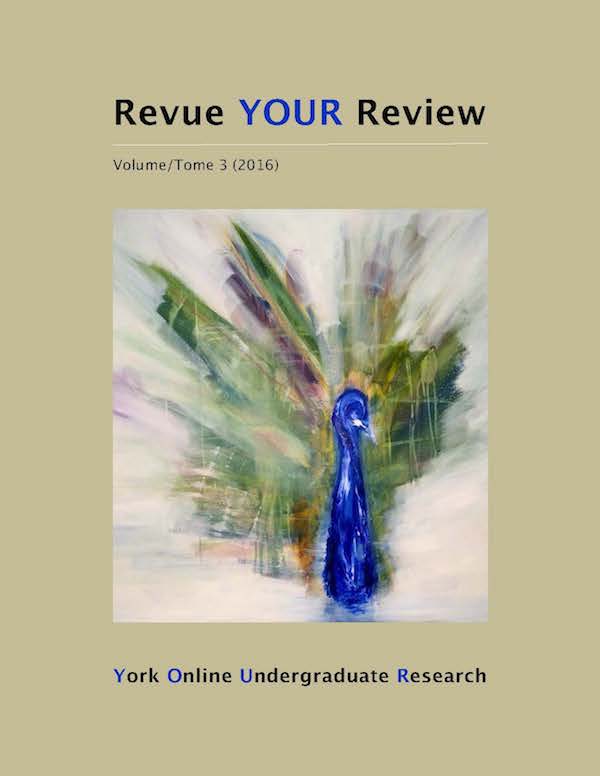Change in Entomofauna Composition Across a Forest-Filed Transition and Kortright Conservation Area
Abstract
Forest fragmentation is becoming increasingly common in today’s anthropocentric world, pushing the study of ecotones and their interactions to the forefront of conservation biology. For this study, arthropods—ideal organisms for studying the environment—were sampled along three field-forest transitions at the Kortright Conservation Area in Woodbridge, Ontario (Canada) in order to investigate any changes in mean ordinal diversity or abundance. Various capture techniques are also examined in order to determine overall effectiveness. Results show that there is not a significant change in mean ordinal diversity over distance. However, there is a statistically significant negative linear relationship between arthropod abundance and distance. Results also show that yellow pan traps are the most effective method for capturing arthropods in this setting. This indicates that grasslands should be of primary concern when formulating a conservation strategy plan directed at arthropod biodiversity, and that painted pan traps are very important tools for entomological sampling.Downloads
How to Cite
Issue
Section
License
Authors contributing to Revue YOUR Review agree to release their articles under one of three Creative Commons licenses: Creative Commons Attribution 4.0 International; Creative Commons Attribution-NonCommercial 4.0 International; or Creative Commons Attribution-NoDerivatives 4.0 International. All editorial content, posters, and abstracts on this site are licensed under Creative Commons Attribution-NoDerivatives 4.0 International. For further information about each license, see:
https://creativecommons.org/licenses/
In all cases, authors retain copyright of their work and grant the e-journal right of first publication. Authors are able to enter into other contractual arrangements for the non-exclusive distribution of the e-journal's published version of the article (e.g., post it to an institutional repository or publish it in a book or in another journal), with an acknowledgement of its initial publication in this e-journal.


